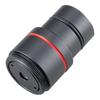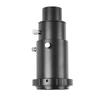------------------------------------------------------------------------------------------------------------------
【Voltage Compatibility】
When using electrical appliances, please note that they are designed for Japanese voltage specifications (90-110V), so if you use them with a different voltage, it may cause a malfunction.
【Plug Type】
Our products use Japanese plug types (A or B type).
Please use a conversion adapter if necessary.
【Important Note on Transformers and Adapters】
A transformer adjusts voltage to match your device’s requirements.
A conversion adapter only changes the plug shape and does not adjust voltage.
Using only a conversion adapter without a transformer may result in damage to the product.
【Liability】
We are not responsible for malfunctions or damages caused by improper use, such as operating the product without a transformer.
------------------------------------------------------------------------------------------------------------------
[Zoom type] Magnification can be adjusted continuously. You can change the magnification as needed while observing. It is possible to observe at a higher magnification than the L-815. Even the finest details can be enlarged to view them. Magnification can be adjusted continuously from 0.56x to 4x. It can be used for a wide range of applications, from detailed work to wide-area observation.
[Fixed working distance type] The magnification can be changed while maintaining the working distance at 105 mm, significantly reducing the effort required for focusing and improving work efficiency.
[Uses a highly versatile C-mount] It can be attached to C-mount cameras other than those manufactured by Panasonic. [Can also be attached to a 50mmφ holder] It is also compatible with Panasonic's L-509, allowing for smooth integration into existing systems.
Lens mount: C-mount; Optical magnification: 0.56-4x; Working distance: 105mm; Field of view: 9.8x5.5-1.4x0.7mm; Weight: 680g (lens filter and case included); Applications: Research and development: observation and analysis of fine structures, surface observation of materials, observation of biological specimens; quality control: inspection of product surfaces for defects, inspection of semiconductors and electronic components, inspection of medical equipment, jewelry appraisal, insect observation, inspection of printed materials, etc.




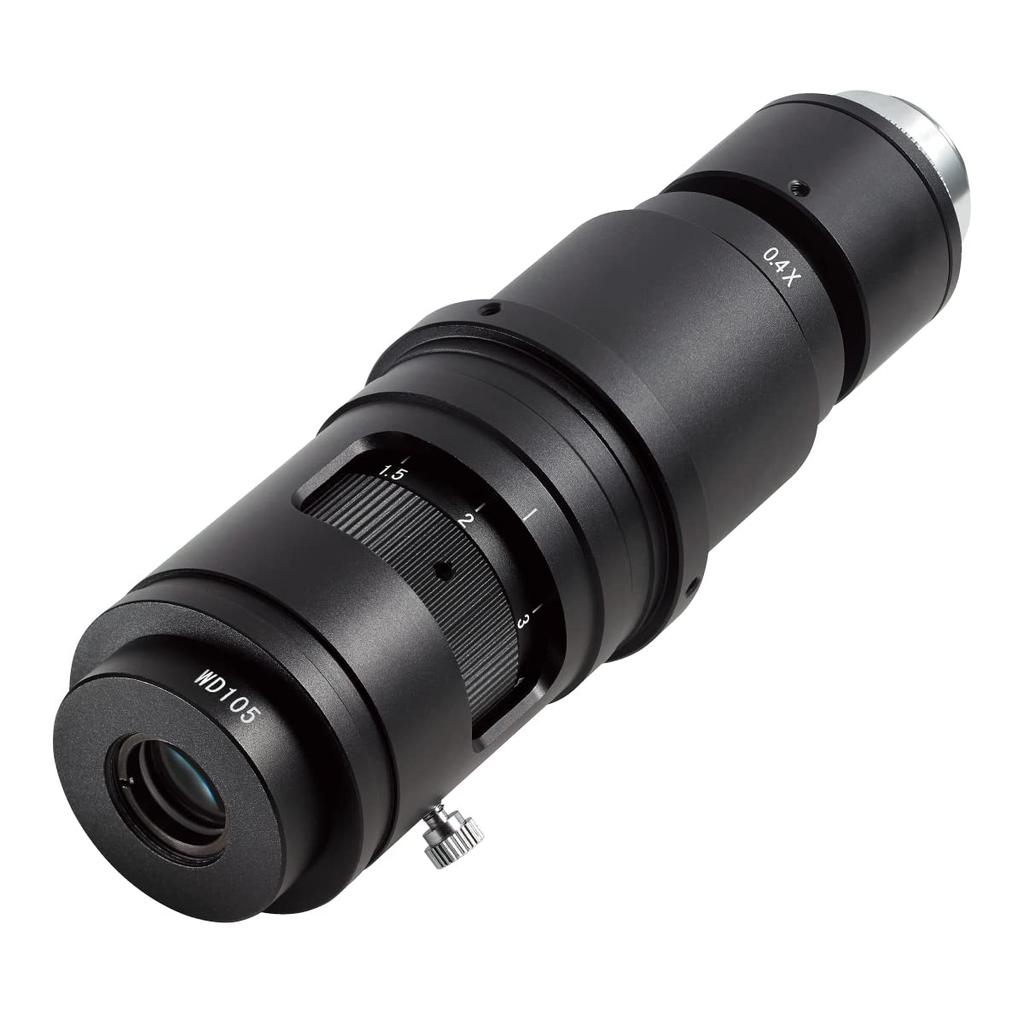
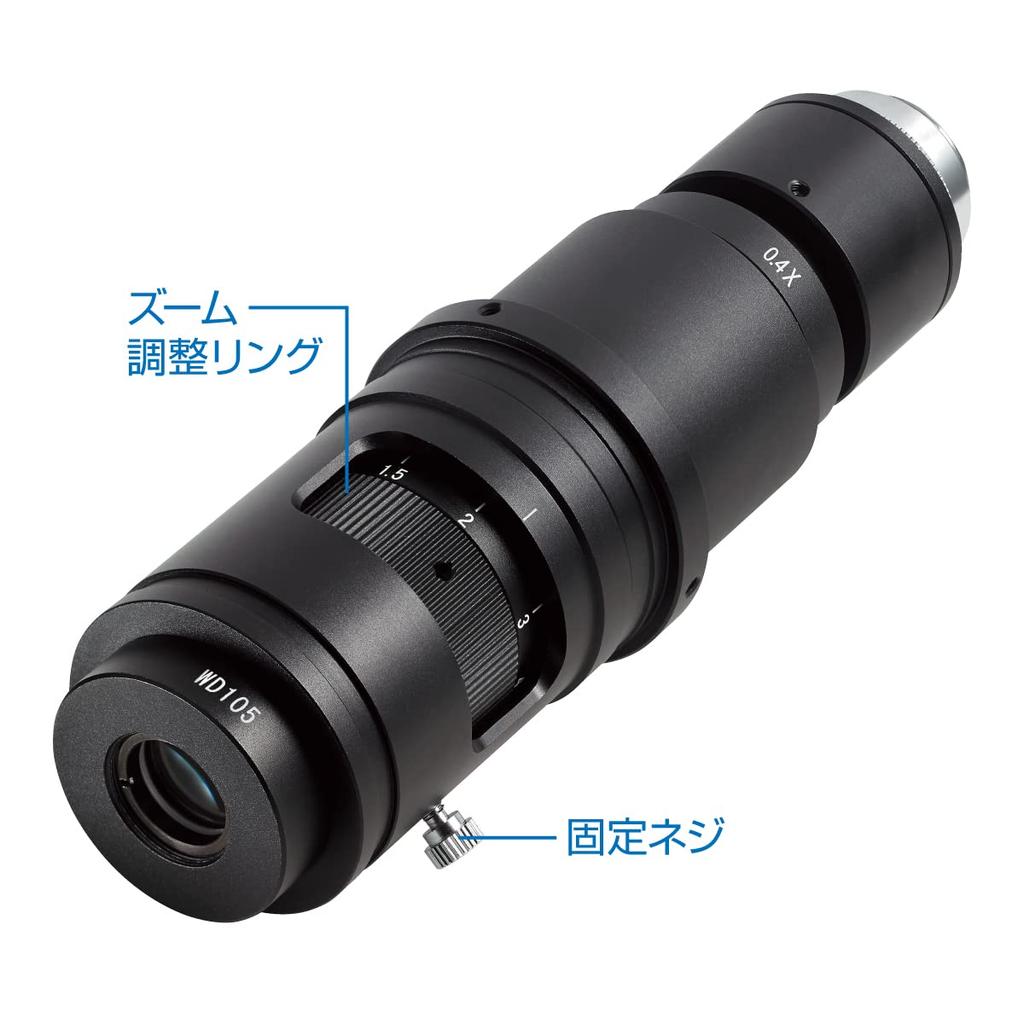
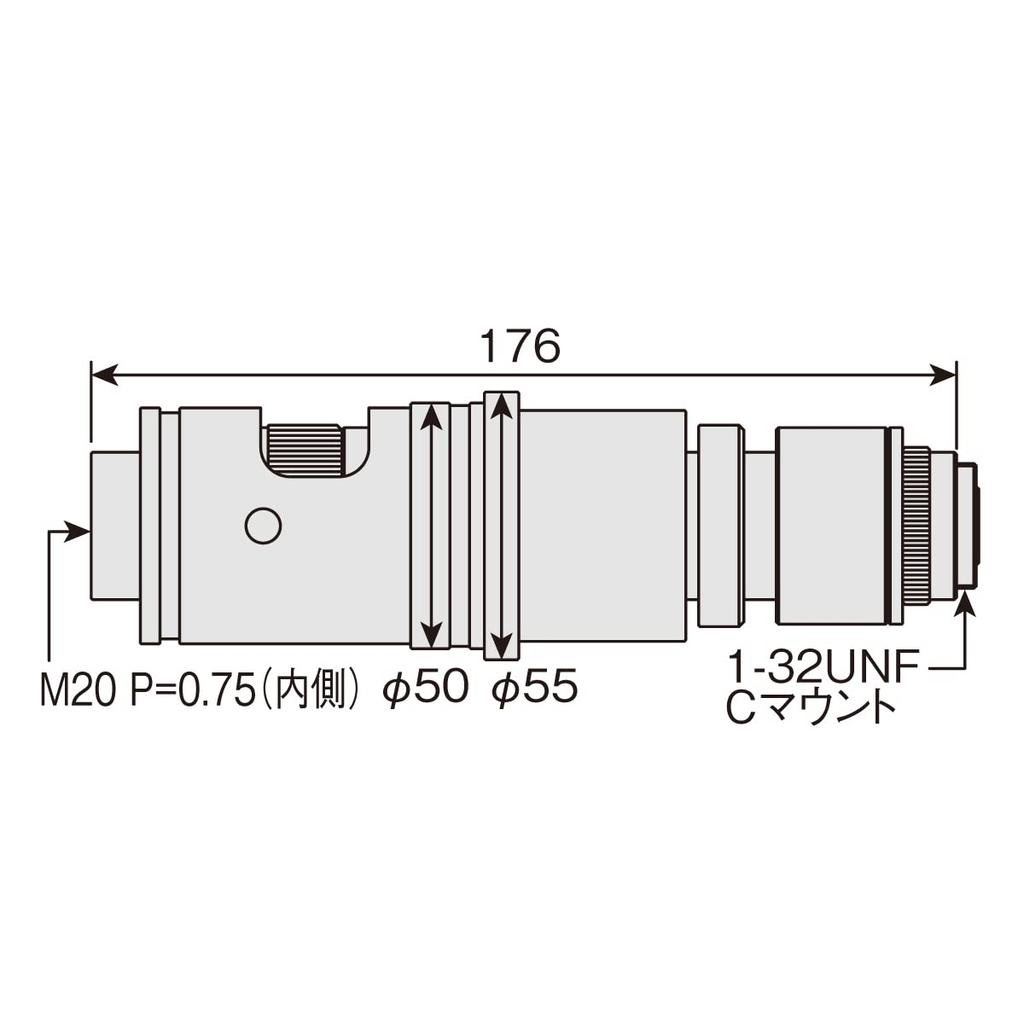










![[Security Item] Reverse Door Scope, 8x Bifocal Monocular, 18mm (OA-245) - Spot Intruders from Outside Through the Door Peephole Great for Outdoor](https://img.joomcdn.net/566442a8541ada3994ff331ef674946453746c6f_100_100.jpeg)
